
FEATURED ART TERMS
Privacy by Design
The idea that data processing procedures should already integrate data protection when a digital product or service is first created. This concept was first outlined in a mid-1990s
by former Information and Privacy Commissioner of Ontario, Canada, Dr. Ann Cavoukian.
Data Broker
Any kind of entity that collects, aggregates, and sells individuals’ personal data, derivatives, and inferences from disparate public and private sources.
Media literacy
An educational approach that provides a framework to access, analyse, evaluate, create, and participate through messages in a variety of forms, from print to video to the internet. Media literacy builds an understanding of the role of media in society as well as essential skills of inquiry and self- expression necessary for citizens to participate in a democracy.
A

Algorithmic Gender Discrimination
Algorithmic gender discrimination describes how certain AI tools may be harmfully biased against certain groups based on their gender. With or without intent, existing biases can be built into these systems.
Access
The ability to connect to the internet, through devices such as computers or mobile phones, and use internet-based services like social media or email.
Algorithm
A defined procedure that consists of a set of ordered computer-implemented instructions to solve a problem or perform a specific task.
Algorithmic bias
A defect in a computerised system of data collection, coding or selection that consciously or unconsciously discriminates against certain social groups (based on gender, ethnicity, sexuality, economic status). Bias can be a consequence of the algorithm’s design or relate to the data used to feed it, including how it was collected, structured or labelled. Algorithmic biases are often difficult to detect and can require specific external auditing.
Algorithmic management
Work settings in which human jobs are assigned, optimised and evaluated through algorithms and tracked data.
Application programming interface (API)
A set of rules that defines how a software program can request and receive information from other software, usually a website.
Artificial intelligence (AI)
In its most basic form, a system that makes autonomous decisions. AI is
the field of computer science that deals with the design of computer systems conceived to simulate human intelligence. With AI, computer systems can think, learn, perceive, respond to inputs and take self-directed action to achieve their programmed objectives.
Atypical or non-standard form of employment
An umbrella term for employment arrangements that deviate from standard employment and a characteristic category of work in
the gig economy. These types of employment include part-time and on- call work, temporary agency work, zero- contract hours, disguised employment and dependent self-employment.
Automated decision-making systems (ADMS)
Systems that use automated reasoning to aid or replace a decision-making process that humans would otherwise perform. Despite this, humans are ultimately responsible for how these systems receive inputs, how they are used and all system outputs.
B
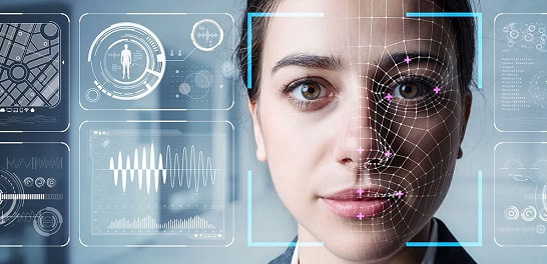
Biometrics
Metrics related to characteristics of the human body, such as fingerprints or facial images. They are promoted as secure identifiers and means of access to digital services. For example, one
of the largest biometric databases is India’s Aadhar digital identification system which collects personal
data (name, age, address, etc.) and biometrics (fingerprints, retina scans and facial photographs) from residents of the country.
Blockchain
A type of distributed ledger technology. Blockchain shares and stores information on a distributed ledger that cryptographically protects identities and transactions, enabling multiple parties to agree on a single source
of truth without having to trust one another. The technology facilitates agreement and aligns incentives
using consensus algorithms, and
stores information in an immutable chain of blocks. In theory, blockchains reduce the need for intermediaries or central authorities, such as banks or government agencies, to coordinate or verify transactions.
Bot
Short for robot. An autonomous program designed to interact with other systems or users in specific ways. A
bot usually performs predetermined tasks. When used to automate customer services or social media responses, bots can be designed to answer
simple queries. In the context of disinformation, bots are often designed to emulate real users.
C
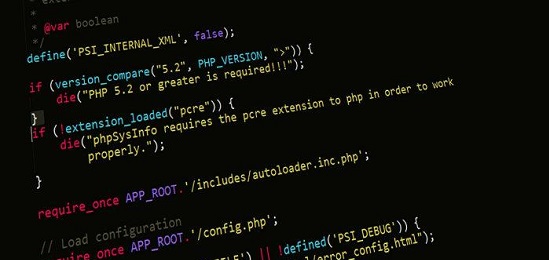
Closed-source
The antonym of open-source. Closed- source software contains proprietary code. This means only the owner of the code has the right to access, distribute, or improve it.
Community network
Broadly defined as smaller-scale telecommunication infrastructure deployed and operated by citizens
to meet their own communication needs. Community networks are often deployed to spread connectivity to areas where it is unavailable
or unaffordable and, therefore, inaccessible.
Computational propaganda
The use of digital tools like bots to manipulate public opinion by amplifying or suppressing political content, disinformation, or hate speech on social media networks. Examples include the use of bots in the UK referendum on membership of the EU and the 2016 US Presidential election.
D

Data breach
The unauthorised acquisition of computerised data that compromises the security, confidentiality, or integrity of personal information maintained by a data collector.
Data Broker
Any kind of entity that collects, aggregates, and sells individuals’ personal data, derivatives, and inferences from disparate public and private sources.
Data institute
An organisation, community or society that dedicates itself to a specific cause or initiative based on how data is collected, sorted and shared, and
its narratives are constructed. Tend to be public, educational or charitable in nature.
Datafication
The transformation of social actions into quantifiable data, thus enabling real- time tracking and predictive analysis.
Decentralised cloud
A network of multiple connected devices that stores anonymised data and information. An alternative model to large cloud data storage companies, which involve several potential risks (control by private companies, threat of massive leaks, vulnerable infrastructure, etc.) to the security and privacy of the data.
Digital cooperation
A multi-stakeholder collaboration that seeks to address the social, ethical, legal, and economic impacts of digital technologies in order to maximise their benefits and minimise their harm.
Digital divide
Traditionally refers to the gap between those with access to digital devices, the internet, and other information and communication technologies (ICT), and those without.
Digital divides
The plural alludes to the multiplicity and complexity of the digital divide, beyond access to ICT or their affordability.
A reference to digital divides should consider four dimensions: access, to electricity, the internet and devices, and the quality of that access; skills,
a mix of traditional literacy and digital skills including critical thinking and entrepreneurship; use, including ICT and internet use that measures value creation in the context of digital exclusion; and supportive conditions, such as affordability, legally valid identification, financial inclusion, trust and security.
Digital era governance (DEG)
Shift in new public management (NPM) paradigm. Characterised as involving three themes: reintegration (putting corporate hierarchies back together), needs-based holism (agile governance, and efforts to simplify, re-engineer, transform and change agency/
client relationships), and digitisation (electronic channels as genuinely transformative).
Digital inclusion
Process of ensuring those who do not have the skills and ability needed to access and use digital devices and content can do so confidently, safely and effectively.
Digital literacy
The skills and abilities needed to access and use digital devices, the internet and other ICTs confidently, safely, and effectively. Digital literacy does not replace traditional forms of literacy, but rather builds on the skills that underpin them.
Digital skills
The skills needed to use information and communication technologies
to one’s advantage while reducing potential harm coming from misuse or lack of literacy.
Digital transformation
The customer-driven strategic business transformation that requires cross- cutting organisational change as
well as the implementation of digital technologies.
Digital understanding
A profound comprehension of how digital products, services and business models function beyond the operational level or user interface. For instance, using a social network to share professional content is a digital skill, while comprehending the platform’s privacy policy is a form of digital understanding.
Digital welfare state
The use of data and digital technologies to administer systems of social protection and assistance. The use of digitally-administered welfare systems is increasing in countries around the world.
Digitally marginalised groups
Individuals, within a given context, subjected to inequalities through a lack of access to digital infrastructure or ICT tools as a result of location, age, gender, skills and/or affordability.
Distributed ledger technology (DLT)
A method of sharing and storing information on a distributed ledger that cryptographically protects identities and transactions. Blockchains fall under the umbrella category of DLT, but not
all distributed ledgers use blockchain technology. Among the most widely cited applications of DLT in public services is identity management and digital citizenship.
E
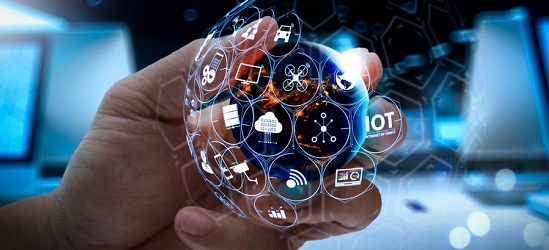
Emerging technologies
Often referred to as emerging tech. New technologies that do not currently have a critical mass, but which have the potential to create new, and disrupt old, industries. They may raise ethical questions or have a structural impact on public services if deployed. Emerging technologies include, but are not limited to, distributed cloud and data storage, neural networks, cognitive computing (advanced analytics, machine learning, artificial intelligence), digital reality (augmented reality, virtual reality, mixed reality), modelling simulation, gaming, edge and quantum computing, the (new) internet, fixed and mobile data networks (5G), next-generation robotics, the internet
of things, data processing centres, and distributed ledger technologies (blockchain).
E-waste
Informal name for electronic products discarded after the end of their “useful lives”. Computers, mobile phones, televisions, stereos, copiers, and fax machines are common electronic products, many of which can be reused, refurbished, or recycled.
Encryption
The conversion of a message or information into code in order to conceal its true meaning. Decrypting content requires a key or password. This is a standard technique used to increase the security of any kind of digital communication. Such methods are used in blockchain applications and encryption is a recommended practice in privacy by design.
Environmental Kuznets curve
A hypothesis that describes the relationship between environmental degradation and income level. Also used to describe the relationship between ICTs and the environment. This relationship is expected to take
the form of an inverted U-shape, with energy consumption and greenhouse gas (GHG) emissions expected to slowly grow with low levels of ICT use but to accelerate quickly with investments
in heavy ICT equipment. However, when the ICT equipment is in place, it can then optimise production and distribution processes and increase energy efficiency, thereby reducing energy consumption and GHG emissions.
F

False positive
The reporting of the presence of
a condition (e.g. fraud), which
is not actually present. In binary classifications, an outcome where
the model incorrectly predicts the positive classification. A potential risk
of algorithm-driven applications can
be seen in the use of facial recognition systems, in which the algorithm incorrectly matches two facial images. In a border control situation, a false positive could lead an innocent person’s wrongful arrest.
Filter bubble
A state of intellectual isolation allegedly brought on when an algorithm determines what information a user sees based on that user’s personal data, such as location, click behaviour and search history. As a result, users rarely encounter information that challenges their viewpoints, thereby becoming isolated in cultural or ideological bubbles.
Fissured workplace
A phenomenon led by large companies outsourcing to smaller ones, or hiring contractors, freelancers and consultants within the on-demand workforce. This enables them to maintain a flexible workforce and outsource tasks, previously carried internally, as needed. The rise of digital work platforms has strengthened this trend.
Frontier technologies
Forms of emerging tech. According
to the Organisation for Economic Cooperation and Development (OECD), frontier technologies are those “that will reshape industry and communications and provide urgently needed solutions to global challenges like climate change […] and have the potential to displace existing processes.”
G

Gig economy
The term ‘gig’ comes from musical jargon and refers to short performances by musical groups often referred to as ‘gigs’. Applied to the world of work, the concept refers to sporadic jobs that have a short duration and in which the contracted person is in charge of a specific task within a project.
Gender-disaggregated data
A dataset in which male and female elements are collected and analysed separately. Can be used to ensure that data-driven applications do not discriminate against gender.
Global digital labour platforms
Platforms that match supply and demand for paid work with task execution taking place online (or requiring digital interaction only). Also known as online-to-online platform work, crowdwork, global labour markets or online platforms. Businesses assign tasks directly to individuals or pools of workers. Tasks can range from data entry to longer-term project-based work.
GovTech
The technology tools used by government. Also an emergent innovation ecosystem, in which start- ups and SMEs provide technology products and services, often using new and emerging technologies, to public sector clients.
H

Hyperscale data centre (or enterprise hyperscale)
A facility owned and operated
by the company it supports (for example, companies such as Amazon, Microsoft, Google, and Apple). The term hyperscale refers to a computer architecture’s ability to scale in response to increasing demand.
This typically means increasing computing ability, memory, networking infrastructure, and storage resources.
I
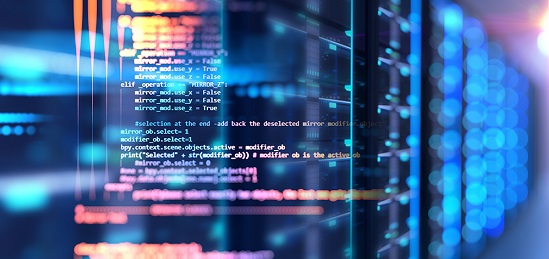
Immutability
A primary characteristic of blockchains in which the record of transactions cannot be changed or deleted in order to prevent backdating. This is why blockchains are sometimes referred to as “digital granite”.
Information and communication technology (ICT)
A diverse set of tools and resources used to transmit, store, create, share or exchange information. These include computers, servers and data centres, the internet and web technologies,
live and recorded broadcasting technologies (radio, television, webcasting, podcasting, audio and video players and storage devices) and telephony (fixed or mobile, satellite, videoconferencing).
Internet of things (IoT)
The interconnection, via the internet, of computing devices embedded
in everyday objects, enabling
them to send and receive data. IoT applications range from commercial to environmental.
M

Machine-to-machine (M2M)
M2M applications are part of the IoT. M2M describes any technology that enables networked devices to exchange information and perform actions without manual human assistance.
Media literacy
An educational approach that provides a framework to access, analyse, evaluate, create, and participate through messages in a variety of forms, from print to video to the internet. Media literacy builds an understanding of the role of media in society as well as essential skills of inquiry and self- expression necessary for citizens to participate in a democracy.
Microtasking
One type of global platform labour where work is broken down into individual, usually small, repetitive tasks. These can be as small as transcribing a snippet of hand-written text, classifying an image, or categorising the sentiment expressed in a comment.
N

New public management (NPM)
A public services management approach inspired by the private sector. NPM focuses on budget optimisation, increasing competition (between
the private and public sectors, and among third-party providers) and framing citizens as users. NPM variants influenced the role of technology in the public sector by outsourcing projects to agencies and service providers, which in turn led to the eventual stripping of digital expertise within public agencies. Digital Era Governance (DEG) derives from NPM.
Network effect
A phenomenon whereby a larger number of users or customers increases the value of a good or service. Issues such as the quality or utility of the product, its price, or brand awareness define the scope of this effect. Among online service platforms or networks such as social media, it is usually a crucial success factor.
O

On-location digital labour platforms
Platforms operating online or through
a mobile application that match supply and demand for paid work, which requires physical interaction between the client and worker. Also known
as online-to-offline platform work or mobile labour markets. Work includes delivery and courier services, transport of people, household and skilled manual services.
Open-source
If software is open-source, its source code belongs to the public domain. The term also represents a more participatory and democratic business approach than software with a private license (or closed source). Open-source software can be modified and shared with any recipient and for any purpose. The distribution of this code must be totally free, non-discriminatory and technologically neutral.
P

Platform cooperative
A digital platform designed to provide a service or sell a product, that is collectively owned and governed by the people using it.
Planned obsolescence
The calculated act of ensuring the existing version of a product will become dated or useless within a given timeframe. In 2017, Apple apologised to customers for deliberately slowing the performance of older iPhone models without users’ knowledge or consent.
Platform economy
All economic activities of suppliers
and users which are facilitated by a digital platform. This definition includes platforms that facilitate commercial transactions, such as Amazon or Uber, but also the technological frameworks that allow for the development of digital businesses.
Platform work
Matching supply and demand for paid work through an online platform.
Privacy
A right to be left alone. The right to privacy means that each individual
has the right to choose to share or not to share information about his or her private life, habits, acts, and relations with others. There are four main areas of privacy relevant to discussions of data protection, privacy laws and practices: information privacy, bodily privacy, territorial privacy, and communications privacy. At the core of informational privacy is the notion that data subjects have the right and ability to shield personal data from third parties.
Privacy by Design
The idea that data processing procedures should already integrate data protection when a digital product or service is first created. This concept was first outlined in a mid-1990s
by former Information and Privacy Commissioner of Ontario, Canada, Dr. Ann Cavoukian.
Profiling
Use of a person’s socio-demographic, attitudinal and behavioural data to determine patterns of behaviour. Applications range from commercial to healthcare and mobility, as it enables personalisation of user services. The EU’s General Protection Data Regulation (GDPR) prohibits the use of personal data to analyse or predict behaviour as it may perpetuate existing stereotypes or undermine freedom of choice.
Psychographics
A qualitative methodology used to describe consumers’ psychological attributes. Psychographics have been applied to the study of personality, values, opinions, attitudes, interests, and lifestyles. With social media, digital marketing actions are based on the personal data used to create user profiles. This also informs the targeting of commercial or political propaganda.
Public innovation
The creation and implementation of practical ideas that achieve a public benefit. According to the OECD, these ideas must be at least in part new (rather than improvements), implemented (rather than simply remaining ideas) and useful. Internal public sector innovation can apply to the organisational structure of the public sector itself, such as improving the way data is stored and shared across government bodies. External public sector innovation
means changing how public services are provided, for instance, producing personalised services for the end-user. Public innovation can take place at
any governmental level: city, regional, national or supranational.
R

Rebound effects (Jevons paradox)
The idea that increased energy efficiency leads to increased energy consumption. Although energy consumption at the micro-level (for
an individual) goes down, overall energy consumption at the macro- level (for societies) increases due
to the combined increase in use by many individuals. Rebound effects
can ultimately evolve into the “Jevons Paradox”, which occurs when the rebound effect is greater than 100%, exceeding the original efficiency gains. A clear example of Jevons Paradox can be observed with office paper. Past decades showed that, contrary to most expectations, ICT did not lead to the paperless office. In fact, actual paper consumption increased several times with the advent of desktop publishing.
Robotic process automation (RPA)
Software that can perform the kinds
of administrative tasks that otherwise require stop-gap human handling.
An example of these types of tasks is transferring data from multiple input sources like email and spreadsheets to records systems like enterprise resource planning (ERP) and customer relationship management (CRM) systems. The emphasis is on the utility of a machine that can stand-in for a worker and handle disparate, discrete chores. (One “robot” equals one software license and, in general, one robot can perform structured tasks equivalent to two to five humans).
S

Smart contract
A self-enforcing agreement where the terms are built directly into code and issued on a blockchain.
Social media platforms
Interactive computer-mediated technologies that facilitate the creation and sharing of information, ideas, career interests and other forms of expression via virtual communities or online networks.
Socialcasting
A new model for information distribution in which many (people, outlets, sources) speak to many, as
on social media. Contrasts with the broadcasting model, where one or few (people, outlets, sources) speak to many.
Surveillance capitalism
A market in which large technology companies collect users’ behavioural data for commercial purposes. This
can have significant, and sometimes detrimental, implications for the control and surveillance of society, both by public and private actors. Coined by social psychologist Shoshana Zuboff.
T
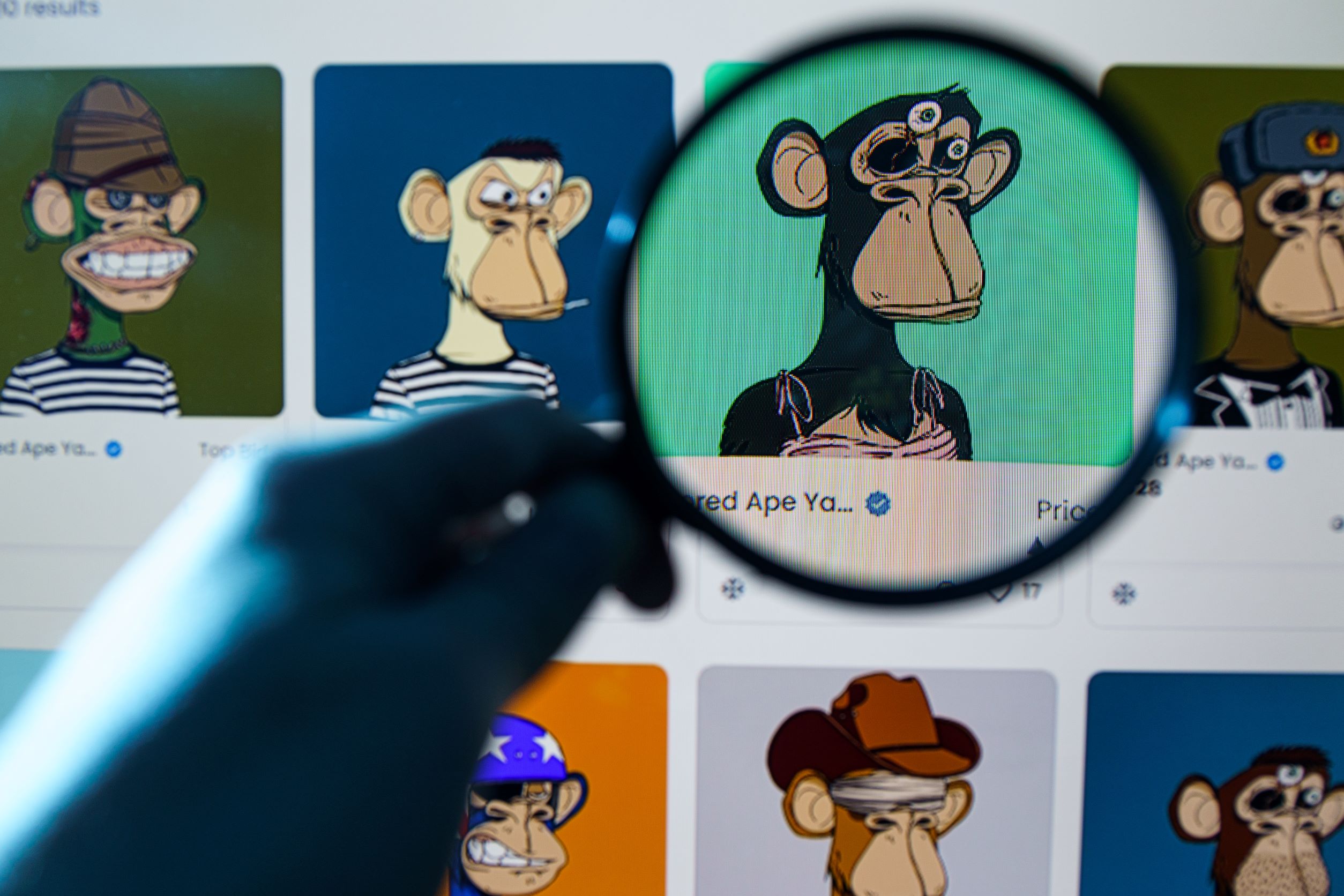
Token
A digital identity for an asset, something that can be owned. Although both are digital assets, the token differs from cryptocurrency in that it serves a wider purpose and can be used in a wider range of applications.
Telecommunication network
Also known as an ICT network or distribution network. A transmission system enabling the transmission
of information in analogue or digital forms between various sites through electromagnetic or optical signals. The information may consist of audio, video, or some other type of data. Telecommunication networks are based either on wired or
wireless infrastructures. Examples
of telecommunication networks are telephone landline networks, mobile networks, cable TV networks and the internet.
Transparency
Generally defined, in the field of information ethics, as the availability of information, the conditions of accessibility and how the information may support user decision-making processes.
U

Unicorn
A start-up valued at more than 1 billion USD. This requires exponential growth in terms of users as well as the ability to generate revenue quickly. Among the most well-known unicorns are Airbnb, Uber, Ant Financial and SpaceX.
User-centred design
A framework of iterative processes
that focuses on users and their
needs in every phase of the design process. User-centred design is a multidisciplinary activity not restricted to interfaces or technologies. A design process focusing on user research, user interface design and usability testing and evaluation.
Utilisation (rate)
The overall extent to which infrastructure or a device, such
as a data centre’s servers or a telecommunication’s base station, is being used. Usually recorded as a percentage.
V

Vendor lock-in
A business model strategy used
by some companies to restrict the customer’s right to switch to an alternative technology or a product provided by a different vendor. Changing providers typically incurs a high financial cost and requires substantial time and effort. This practice, which limits market competition, has spread in recent years to sectors such as data storage services.
Z

Zebra
A business model and a set of values that directly contrast with those represented by unicorns. The term originates from a movement led by several women entrepreneurs with
the aim of “creating alternatives”
to the start-up culture status quo.
The foundational principles of these companies include sustainable growth, a non-discriminatory culture and an ethical approach to business.
Zero-rating
Commercial practice that provides users with “free” online browsing under certain conditions, such as restricting access to certain websites or platforms, or subsidising the service with advertising.
Sorry! There are no elements matching your search.
